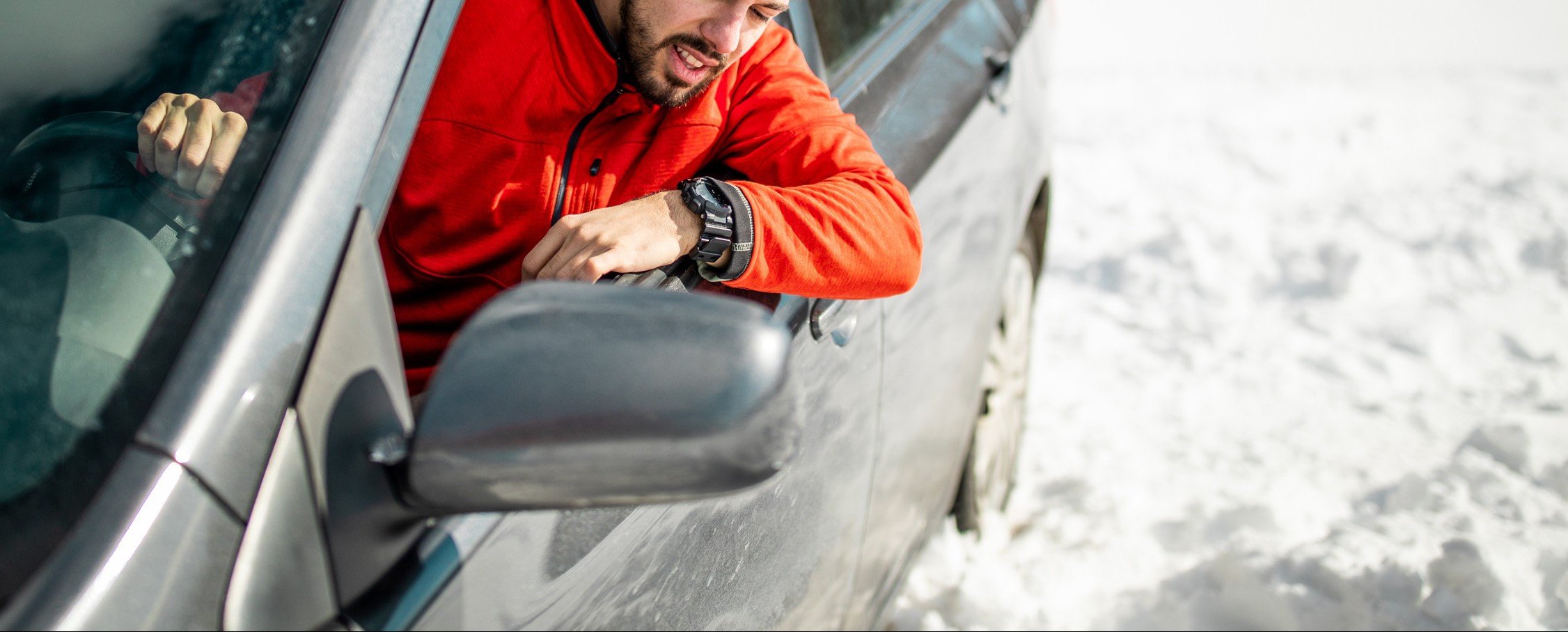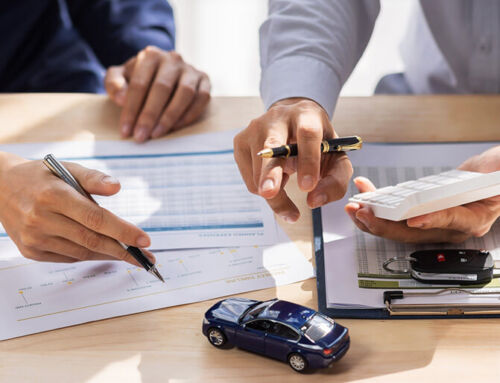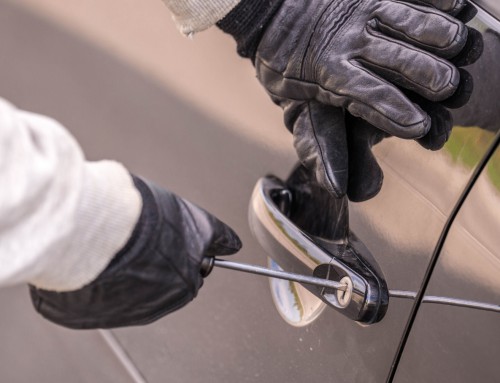Driving is dangerous at any time of the year, but it’s especially so in the winter. That’s why it’s important to be extra cautious during the winter and make sure you’ve taken every precaution possible before hitting the roads. Preventative maintenance for your car and company cars is an easy way to help you do that.
To help you out, here are seven suggestions of things you can check in your car and company cars before someone gets behind the wheel.
Winter tires
Make sure you’ve switched out your regular tires for winter tires. There’s a clear difference in performance between winter tires and all-season tires as soon as the temperature drops below 7 degrees Celsius. The special rubber compound in winter tires allows them to stay flexible and grip snow and ice for optimum traction. In fact, modern winter tires offer up to 50 per cent more traction than all-season tires.
Modern winter tires offer up to 50 per cent more traction than all-season tires.
But your job isn’t done as soon as the winter tires are on your car. You should also check the air pressure in all four tires and your spare tire. In the winter, the pressure in tires tends to drop significantly due to the cold air, so routine checks throughout the winter months are a good idea.
Batteries
Battery faults can cause breakdowns, especially during the winter when the drop in temperature can take a particularly high toll on a battery’s life. In order to make sure your battery doesn’t die during the season, especially when you’re on the road, it’s a good idea to have a service garage take a look.
Generally, the average battery life is three to five years. So, if you’ve had your battery for more than five years and you’re experiencing difficulties with starting your car, you may want to consider getting a new battery.
Vehicle fluids
Any time before driving this winter, make sure your gas tank is full in case a traffic jam or bad weather conditions force you or an employee to pull over and idle for some time. If you haven’t changed the engine oil in your car or company cars in a while, it’s also a good idea to do that.
Besides engine oil and gas, it’s also important to always have a sufficient amount of windshield washer fluid and replace engine coolants after more than two years. The engine cooling system should be filled with a 50/50 mixture of antifreeze and distilled water to prevent freezing and boiling over. Be sure to refer to your car owner’s manual to figure out which coolant is right for your vehicle.
Wiper blades
Wiper blades are an important tool for winter driving to ensure that you can always see the road ahead of you. It’s important to check your wiper blades early in the season and replace blades if they streak. We recommend changing your blades at least twice a year and you may even want to consider getting special winter wiper blades to prevent snow and ice buildup.
Air conditioning system
While it might seem strange to make sure your air conditioning system is working in the winter, it actually plays a more important role than you might realize. It’s your air conditioning system that defrosts and dehumidifies the inside of your car. So when your heat’s turned on in the winter, if your air conditioning system doesn’t work properly, it will be not be able to defrost your windows and pull the moisture out of the inside of the car, which will leave a musty odor. So be sure to check that your air conditioning system is working, and while you’re at it, have your block heater looked at too.
Brakes
The last thing anyone wants is to find out their brakes don’t work at the most inopportune moment. This is especially true in the winter, when there’s a higher chance of ice on the road. That’s why it’s important to check or service your brakes to ensure even braking. Pulling, change in pedal feel, or unusual squealing or grinding could mean they need to be repaired, so keep an eye (and ear) out.
Lighting
During the winter, the sun sets earlier in the day so there’s less daylight, especially during people’s commutes home. Therefore, it’s important to make sure your car’s lights are in good shape and can easily illuminate your drive. Make sure to fix any bulbs that are out and consider replacing any headlights that are foggy or yellow. You can also look into an easy restoration kit for your headlights. Last but not least, be sure to clear away any snow covering exterior lights before you set out on the road.
On top of these suggested checkups, you should also make sure your car is equipped with an emergency safety kit. The kit, which can be thrown in the trunk of any car, should include items that would be helpful to you or your employees should the car stop working or you become stranded somewhere. This could include things like booster cables, a first aid kit, bottled water, and a blanket.
This blog is provided for information only and is not a substitute for professional advice. We make no representations or warranties regarding the accuracy or completeness of the information and will not be responsible for any loss arising out of reliance on the information.






